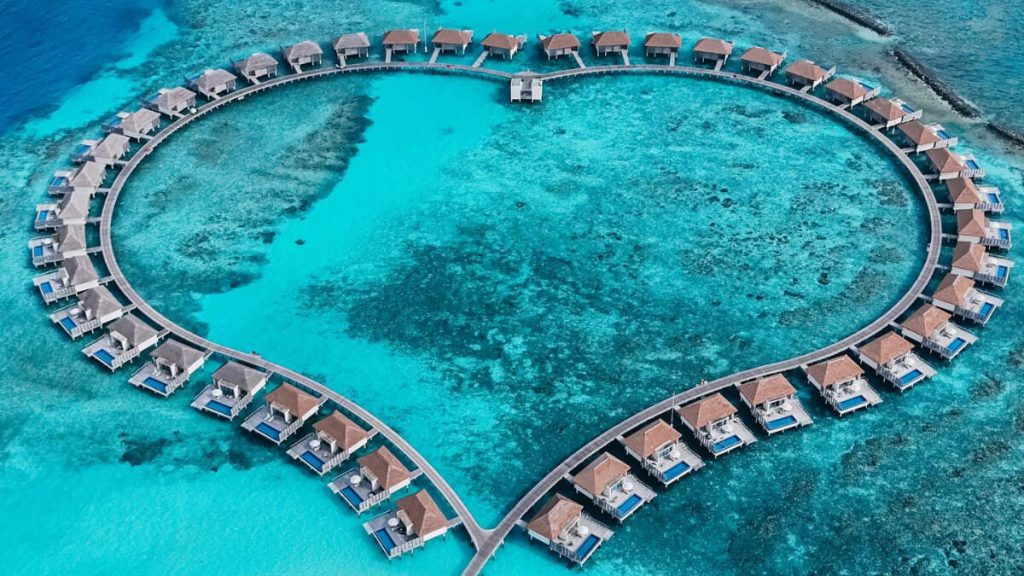The allure of small-town living is undeniable. Peaceful streets, friendly neighbors, and a slower pace of life all paint a picture of idyllic bliss. But beneath the quaint exteriors of some seemingly picture-perfect towns lurks a very different reality. Here’s a look at 18 small towns in the U.S. that face surprising challenges when it comes to safety.
1. Gary, Indiana
Crime Rate: An alarming 6,446 violent crimes per 100,000 residents.
Safety Status: Ranked 4th worst in the U.S., according to NeighborhoodScout.
Gary’s decline began with the steel industry’s collapse, but its struggles are compounded by high unemployment rates and a significant number of abandoned homes, creating hotspots for criminal activity. The town is actively seeking regeneration strategies to revitalize its economy and community spaces.
2. Camden, New Jersey
Crime Rate: 4,487 violent crimes per 100,000 residents.
Safety Status: 12th worst in the U.S., per NeighborhoodScout.
Camden’s efforts to turn around its image include investing in community policing and new educational facilities. However, despite these efforts, the city still faces challenges with drug-related crime and a lingering reputation that deters economic development.
3. Flint, Michigan
Crime Rate: 4,176 violent crimes per 100,000 residents.
Safety Status: 21st worst in the U.S., according to NeighborhoodScout.
Flint’s issues extend to massive infrastructural deficits and a dwindling population, which strains local resources and complicates efforts to combat crime. The community is engaged in initiatives aimed at rebuilding trust and ensuring cleaner water resources.
4. Stockton, California
Crime Rate: 4,080 violent crimes per 100,000 residents.
Safety Status: 27th worst in the U.S., as per NeighborhoodScout.
The economic recovery in Stockton is hampered by high rates of homelessness and poverty. Innovative programs like Advance Peace are being tested here to reduce gun violence through community engagement and support.
5. East St. Louis, Illinois
Crime Rate: 4,063 violent crimes per 100,000 residents.
Safety Status: Ranked 29th worst in the U.S. by NeighborhoodScout.
East St. Louis suffers from one of the highest poverty rates in the nation, which directly impacts its crime rate. Efforts to improve the situation include boosting local education and youth programs.
6. Birmingham, Alabama
Crime Rate: 4,022 violent crimes per 100,000 residents.
Safety Status: 32nd worst in the U.S., according to NeighborhoodScout.
The remnants of historical inequities are visible in the economic and social fabric of Birmingham, affecting everything from housing quality to job opportunities. Community leaders are focusing on inclusivity and economic diversity to bridge gaps.
7. Memphis, Tennessee
Crime Rate: 4,012 violent crimes per 100,000 residents.
Safety Status: 33rd worst in the U.S. by NeighborhoodScout.
Memphis is employing multifaceted approaches to tackle crime, including youth engagement programs and economic incentives to revitalize poorer neighborhoods, aiming to reduce the incentives for gang recruitment.
8. Compton, California
Crime Rate: 3,881 violent crimes per 100,000 residents.
Safety Status: Ranked 42nd worst in the U.S. by NeighborhoodScout.
Despite a reputation marred by decades of depicted violence, Compton is experiencing a cultural resurgence with new arts programs and community-led urban renewal projects aimed at providing safe and creative outlets for its youth.
9. Savannah, Georgia
Crime Rate: 3,829 violent crimes per 100,000 residents.
Safety Status: Ranked 47th worst in the U.S. by NeighborhoodScout.
Savannah’s bustling tourism sector contrasts sharply with areas experiencing systemic neglect. Community efforts focus on bridging this divide with improved policing and neighborhood revitalization projects.
10. New Orleans, Louisiana
Crime Rate: 3,798 violent crimes per 100,000 residents.
Safety Status: Ranked 50th worst in the U.S. by NeighborhoodScout.
Efforts to balance tourism with local needs include bolstering the police force and enhancing flood defenses to mitigate the impacts of frequent natural disasters, which often exacerbate social and economic instability.
11. Youngstown, Ohio
Crime Rate: 3,782 violent crimes per 100,000 residents.
Safety Status: Ranked 52nd worst in the U.S. by NeighborhoodScout.
Youngstown’s strategy to combat crime involves re-purposing abandoned industrial spaces for new businesses and community centers, aiming to create job opportunities and reduce crime-prone areas.
12. Shreveport, Louisiana
Crime Rate: 3,739 violent crimes per 100,000 residents.
Safety Status: Ranked 55th worst in the U.S. by NeighborhoodScout.
Shreveport’s unique position makes it vulnerable to transitory criminal elements. Local law enforcement is enhancing cross-state collaboration to tackle this issue more effectively.
13. Peoria, Illinois
Crime Rate: 3,723 violent crimes per 100,000 residents.
Safety Status: Ranked 57th worst in the U.S. by NeighborhoodScout.
Peoria is focusing on community policing and providing better social services to address its rising gang violence, with an emphasis on engaging at-risk youth.
14. Atlantic City, New Jersey
Crime Rate: 3,698 violent crimes per 100,000 residents.
Safety Status: Ranked 59th worst in the U.S. by NeighborhoodScout.
With the decline of its casino industry, Atlantic City is diversifying its economy by promoting new sectors like technology and green energy, alongside improving public safety.
15. Wichita Falls, Texas
Crime Rate: 3,682 violent crimes per 100,000 residents.
Safety Status: Ranked 61st worst in the U.S. by NeighborhoodScout.
The dual nature of Wichita Falls, with its urban and rural dynamics, presents unique challenges. Local authorities are focusing on bridging service gaps between these areas to enhance safety.
16. Vallejo, California
Crime Rate: 3,643 violent crimes per 100,000 residents.
Safety Status: Ranked 64th worst in the U.S. by NeighborhoodScout.
Vallejo is actively working to combat gang activity through community outreach programs that offer alternatives to gang involvement, aiming to break the cycle of violence.
17. Lake Charles, Louisiana
Crime Rate: 3,598 violent crimes per 100,000 residents.
Safety Status: Ranked 67th worst in the U.S. by NeighborhoodScout.
Post-Hurricane Laura, Lake Charles is focused on rebuilding and strengthening community resilience to withstand future disasters better and reduce crime spikes during recovery periods.
18. Wilmington, Delaware
Crime Rate: 3,582 violent crimes per 100,000 residents.
Safety Status: Ranked 69th worst in the U.S. by NeighborhoodScout.
Efforts in Wilmington to address crime include improving access to quality education and healthcare, particularly in underserved communities, to foster a safer, more equitable city.



